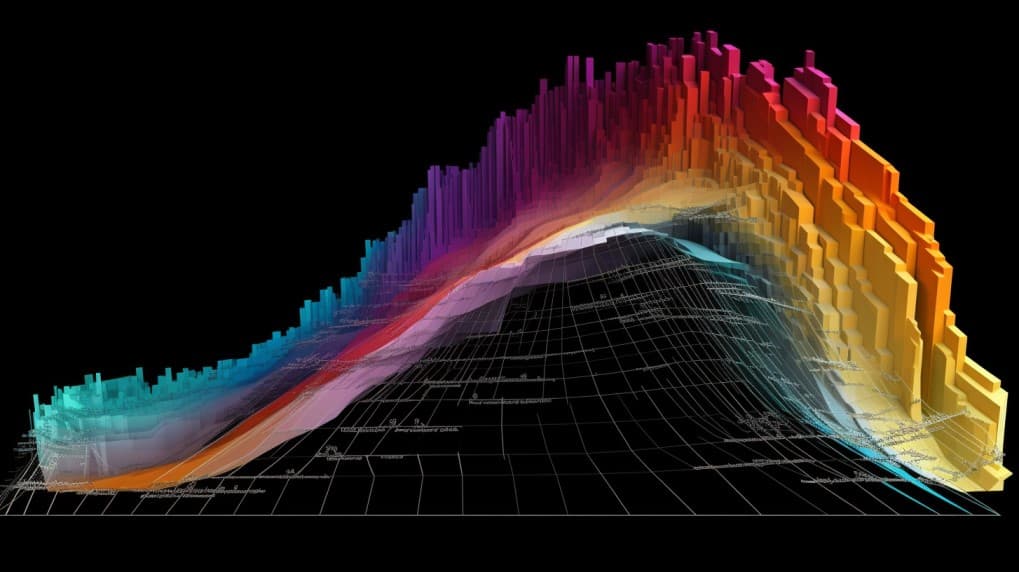
GLTR VS GDX
Exchange-Traded Funds (ETFs) have revolutionized the way investors approach the financial markets, offering a convenient and diversified way to gain exposure to various sectors and asset classes. In this article, we will conduct an in-depth comparison between two prominent ETFs: GLTR (Aberdeen Standard Physical Precious Metals Basket Shares) and GDX (VanEck Vectors Gold Miners ETF). We'll delve into the specifics of these ETFs, including their tickers, full names, issuers, sectors, top holdings, capitalization, investment strategies, tracking methods, and exposure.
GLTR VS GDX: Overview
GLTR and GDX represent two distinct approaches to investing in the precious metals sector. GLTR is designed to provide exposure to a basket of precious metals, including gold, silver, platinum, and palladium. On the other hand, GDX focuses on companies engaged in gold mining activities. Understanding the fundamental differences between these ETFs can help investors make informed decisions about their investment strategies.
GLTR VS GDX: Sectors and Top Holdings
GLTR's diverse composition spans multiple precious metals, each with its unique market dynamics. The ETF includes allocations to gold, silver, platinum, and palladium, allowing investors to benefit from the potential of different metals. In contrast, GDX primarily holds equity positions in gold mining companies, such as Newmont Corporation and Barrick Gold. Evaluating the sectors and top holdings of these ETFs can guide investors in aligning their portfolios with their investment goals.
 GLTR overlap GLTR VS GDX
GLTR overlap GLTR VS GDX
GLTR VS GDX: Capitalization and Investment Strategy
GLTR's investment strategy centers around tracking the performance of a diversified basket of precious metals. Its capitalization reflects the collective value of these metals held in the ETF. GDX, with its focus on gold mining companies, has a distinct investment strategy that involves capturing the potential growth in the gold mining industry. Evaluating the capitalization and investment strategy of each ETF is essential for understanding the potential returns and risks associated with them.
GLTR VS GDX: Tracking Methods and Exposure
GLTR's tracking method involves physically holding the underlying precious metals, ensuring direct exposure to their market movements. On the other hand, GDX tracks an index composed of gold mining stocks, providing investors with exposure to the performance of these companies. The difference in tracking methods highlights the diverse ways ETFs can achieve their investment objectives. Understanding these methods enables investors to assess the potential impact of market trends on the ETFs' performance.
Conclusion
GLTR and GDX offer investors unique opportunities to participate in the precious metals market. Whether you're interested in a diversified exposure to multiple precious metals or prefer to tap into the potential of gold mining companies, these ETFs cater to different investment preferences. For those seeking to gain deeper insights into holdings, correlations, overlaps, and other valuable information, consider using ETF Insider—an intuitive app that provides comprehensive details on various financial instruments.
Disclaimer: This article is intended for informational purposes only and does not provide any investment advisory services. Investing in ETFs involves risk, and individuals should conduct thorough research and seek professional advice before making investment decisions.
Sources:
GLTR ETF issuer
GLTR ETF official page
GLTR quote and analysis
Discover the top holdings, correlations, and overlaps of ETFs using our visualization tool.
Our app allows you to build and track your portfolio.
To learn more about the GLTR abrdn Physical Precious Metals Basket Shares ETF, access our dedicated page now.